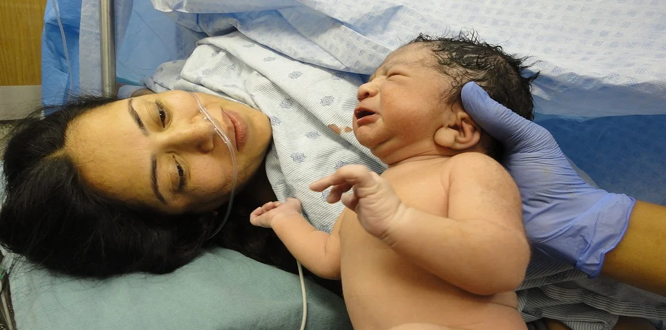Care for uterine fibroids: another casualty of the COVID pandemic
Résumé
Overall, during the COVID-19 pandemic, a large proportion of uterine fibroids were not managed in the hospital setting. The lockdown period was associated with large reductions in hospital service utilisation, particularly for non-emergency patients. As we observed no shortterm post-lockdown catch-up, two questions arise: What became of these untreated patients? How has their future health been affected? Two hypotheses appear likely. The first is that the woman continued receiving outpatient care, but the therapeutic procedures took place only in hospitals and there were fewer of them. While medical treatment could theoretically have been used, the only available treatment was removed from the market in March 2020 due to the risk of serious drug-induced hepatitis. The second is that of non-recourse to care, or its deferral for more than a year, or even therapeutic abstention because no kind of treatment was available. This strongly suggests a loss of opportunity for these women, with its accompanying risks of hysterectomy, of transfusions, and of impaired quality of life.
| Origine | Fichiers produits par l'(les) auteur(s) |
|---|

